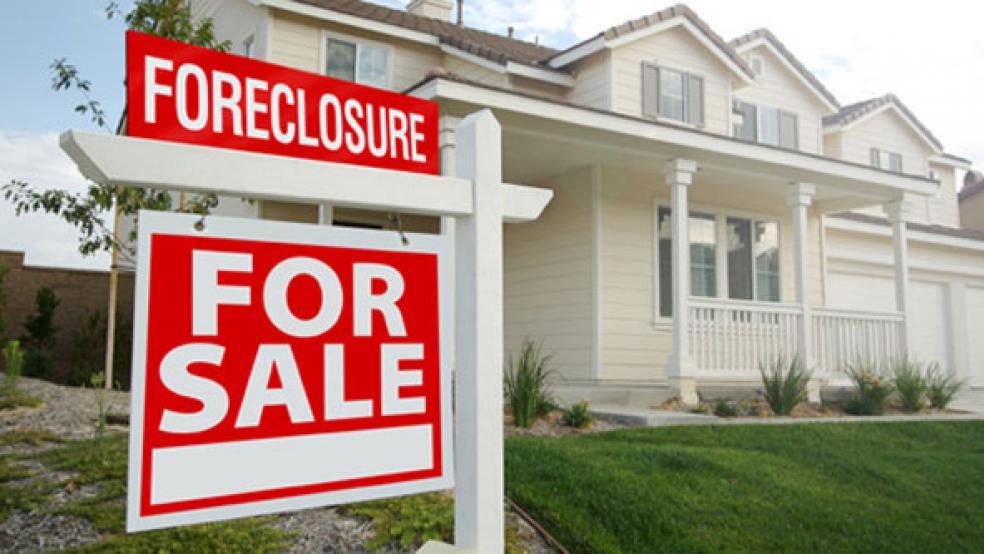Seven years after the implosion in the housing market that set off the Great Recession, real estate continues to recover.
The latest sign of the recovery is a marked decline in foreclosures. Foreclosure inventory in August fell by more than 25 percent and completed foreclosures dropped more than 20 percent when compared with August 2015, according to the August 2015 National Foreclosure Report by Corelogic.
Nearly 6 million homes have been lost to foreclosure since the financial crisis began in September 2008. In August, the national foreclosure inventory included about 470,000 houses, or 1.2 percent of all homes with a mortgage, compared to 629,000 homes at the same time last year.
The number of mortgages at risk for foreclosure also fell, declining more than 20 percent year-over-year. About 3.5 percent of mortgages are currently in serious delinquency, the lowest rate since January 2008.

“In August, the housing market experienced solid and steady increases in sales, prices and performance and our preview data indicates those trends will continue in September,” Anand Nallathambi, Corelogic president and CEO said in a statement. “Longer term, the recent increase in household formations and rapidly improving labor market for millennials will provide a demographic tailwind to the housing market and keep demand firm.”
Related: Four Signs It’s a Sellers’ Market Right Now
Foreclosure activity varies greatly by geography. Five states (Florida, Michigan, Texas, California and Georgia) account for almost half of all completed foreclosures nationally. There were 94,000 foreclosures in Florida in August, but just 45 foreclosures in South Dakota.
Foreclosures that do exist are no longer dragging on the housing market, as banks move more quickly and high buyer demand motivates investors to purchase and flip the few foreclosed homes that exist. The number of “zombie” foreclosures -- those vacant but not yet repossessed by the lender -- fell to 20,000 homes across the country in the third quarter of 2015, down 27 percent from the previous quarter and 43 percent from a year ago, according to a Realty Trac report last week.
July home prices increased 4.7 percent year-over-year, according to S&P Case Shiller. That’s a healthy rate, but the pace of increases in some metro areas has economists concerned about local bubbles. Home prices in San Francisco and Denver both increased more than 10 percent for the year.
A quick price gain doesn’t necessarily mean a market is overvalued, but strong demand for real estate and limited supply can certainly lead to soaring prices. The higher the prices, the greater the chance that a bubble may be forming. Nearly two-thirds of homes in San Francisco are now valued at over $1 million.
Related: Why Investors Prefer Real Estate to Stocks, Bond, and Gold
Home prices in the rest of California have been increasing above the national average. Prices there are up 7.9 percent from last year, but they remain 12.1 percent below their peak in the housing bubble, according to Freddie Mac.
Despite ongoing foreclosures, home prices in Florida tell a similar story. Prices there are up 8.9 percent year-over-year, but they’re still more than 26 percent below peak bubble prices.
In Nevada, which like California and Florida was hit hard by the housing bubble, prices are up 9.2 percent year-over-year but remain nearly 33 percent below their peak.





